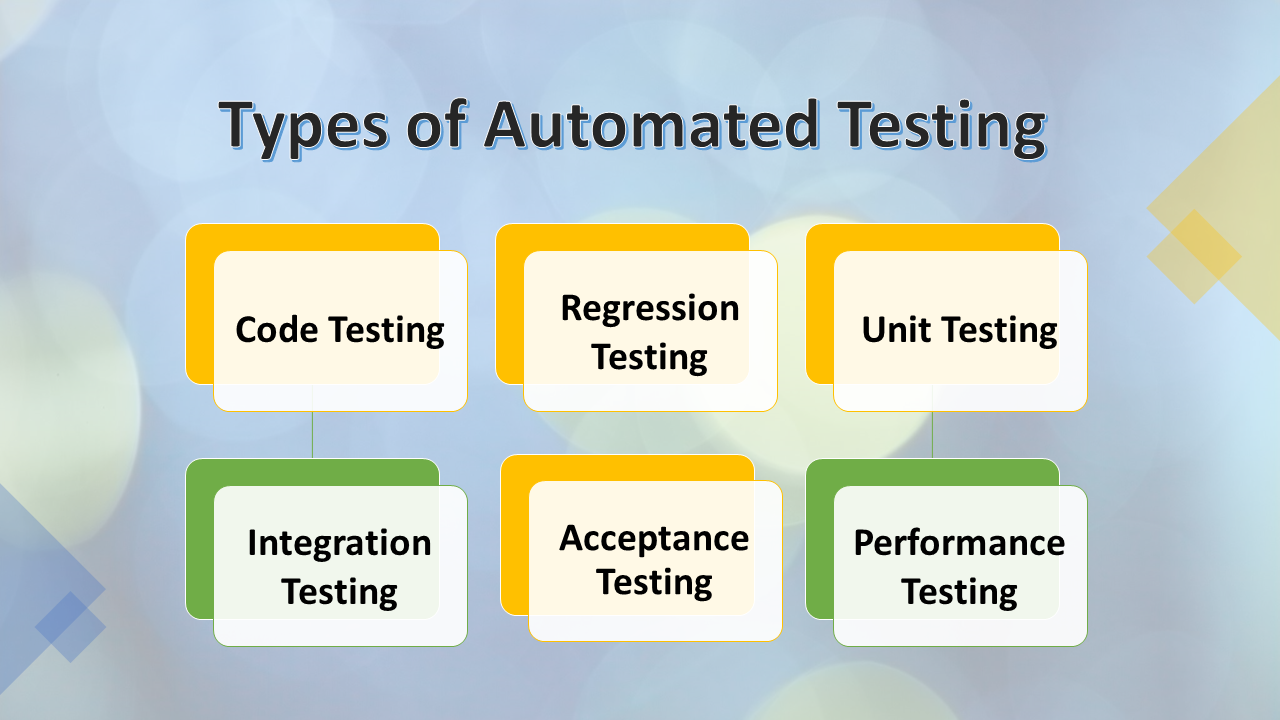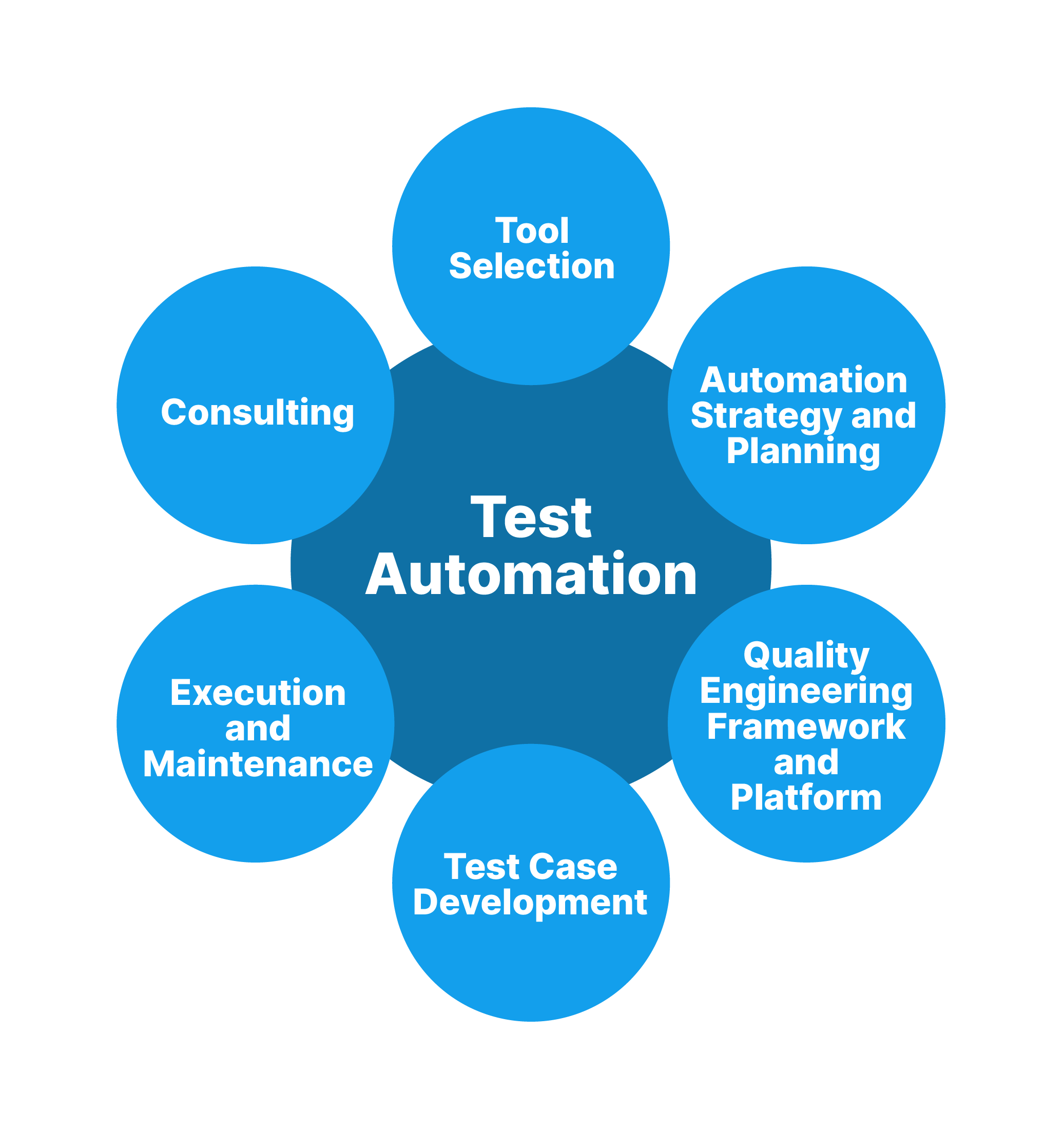The Best Overview to Implementing Automation Testing Successfully
The Best Overview to Implementing Automation Testing Successfully
Blog Article
From Manual to Automated Testing: A Comprehensive Overview to Transitioning Smoothly and Efficiently
In the realm of software testing, the change from guidebook to automated processes has actually come to be a significantly essential transition for companies seeking to enhance performance and precision in their testing practices. As technology remains to breakthrough, the demand for smooth and reliable computerized screening techniques has actually never ever been extra important. The journey from guidebook to automated testing is not without its challenges, however when come close to tactically and with a clear plan in mind, the benefits can be considerable - automation testing. In this detailed guide, we will certainly discover vital steps and considerations vital for an effective shift, from the first choice of devices to the integration of automation into existing operations. Keep tuned to uncover the understandings that will certainly aid lead the way for a smoother and a lot more efficient testing process.
Advantages of Automated Evaluating
Automated screening uses various benefits, boosting effectiveness and precision in software application advancement procedures. Automated tests can be run at the same time on numerous devices and operating systems, drastically speeding up the testing phase compared to hand-operated screening.
Furthermore, automated screening guarantees a higher degree of accuracy in spotting defects. Consistency in screening is additionally boosted, as automated examinations execute the very same actions exactly each time they are run.
Selecting the Right Tools

Firstly, analyze your goals and requirements. Recognize the range of your job, the technologies entailed, and the ability of your team. This analysis will certainly assist you determine the functions and capacities you need in your screening devices.
Secondly, take into consideration the compatibility of the devices with your existing processes and systems. Smooth combination with your present software application growth lifecycle is vital to guarantee a smooth change to automation.
In addition, evaluate the scalability and flexibility of the devices. As your screening needs advance, the tools need to be able to adapt and fit adjustments properly.
Last but not least, aspect in the support and area around the tools. When executing automated screening, robust support and an active individual neighborhood can provide valuable resources and support. By meticulously considering these facets, you can select the right devices that straighten with your needs and established the stage for an effective shift to automated testing.
Creating Effective Test Scripts
When crafting test manuscripts, it is essential to take into consideration the specific requirements of the software application being evaluated and guarantee that the scripts attend to all vital performances. Clear and descriptive calling conventions for test scripts and test situations can improve readability and maintainability. Furthermore, including error handling systems within the test manuscripts can aid in determining and resolving issues without delay.
Furthermore, arranging test scripts into modular parts can boost reusability and scalability, lowering redundancy and boosting efficiency in test manuscript upkeep. Regular evaluations and updates to examine manuscripts are essential to equal progressing software needs and performances. By complying with these concepts, testers can produce durable and reliable test manuscripts that contribute considerably to the success of automated screening processes.
Integrating Automation Into Workflows
By seamlessly incorporating automated screening devices like Selenium or Appium right into the software application development lifecycle, groups can attain faster comments on code modifications, leading to quicker bug detection and resolution. This assimilation enables for continuous screening throughout the growth process, making certain that any issues are determined early on, resulting in greater software program high quality. Correct combination of automation tools needs cooperation between development, screening, and operations groups to develop a unified process that maximizes effectiveness and efficiency in delivering top quality software application products.
Ensuring a Smooth Shift
Effectively transitioning to automated testing includes careful planning and mindful implementation to make the most of and lessen disturbances performance Homepage in the software program growth procedure - automation testing. To make sure a smooth change, it is necessary to begin by performing an extensive assessment of the current screening procedures and determining areas where automation can bring one of the most significant advantages. Involving with all stakeholders beforehand in the procedure, consisting of designers, testers, and project supervisors, is vital for garnering assistance and buy-in Full Report for the automation effort
Interaction is vital throughout this transition stage. Clear communication of the goals, advantages, and expectations of automated screening aids to take care of any kind of resistance or worries that may emerge. In addition, providing appropriate training and resources for team participants to upskill in automation devices and methods is crucial for guaranteeing a successful transition.

Conclusion
In verdict, transitioning from handbook to automated testing uses countless benefits, consisting of increased performance and integrity. By selecting the ideal tools, writing effective test scripts, and integrating automation flawlessly right into operations, organizations can make sure a smooth and successful change. It is important to welcome automation as an important property in software program testing processes to boost total top quality and productivity.
In the world of software application screening, the change from handbook to automated processes has actually come to be an increasingly vital transition for companies seeking to boost performance and accuracy in their screening methods. Automated tests can be run concurrently on several gadgets and operating systems, dramatically speeding up the testing phase contrasted to manual screening. Uniformity in screening is also improved, as automated tests execute the same steps exactly each time they are run.To make sure the effective application of chosen screening tools, the creation of effective examination manuscripts plays a vital duty in verifying the functionality and efficiency of automated procedures - automation testing. By adhering to these concepts, testers can develop efficient and robust examination scripts that add substantially to the success of automated screening processes
Report this page